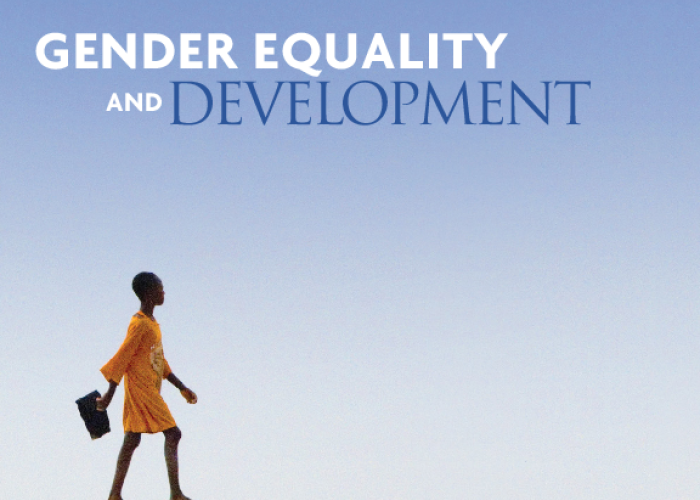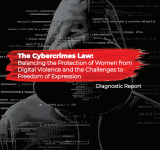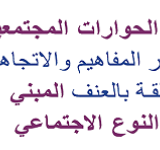World Development Report 2012: Gender Equality and Development

This report,published by The World Bank,examines the gains,limits,and declines in gender equality throughout the world. It examines such indicators as female literacy,workforce participation,political and societal agency,and access to proper healthcare in the year 212,arguing that while development has indeed closed some gender gaps,there are still many gaps that have persisted. This report points to four priority areas for policy going forward: reducing gender gaps in human capital—specifically those that address female mortality and education; closing gender gaps in access to economic opportunities,earnings,and productivity; shrinking gender differences in voice and agency within society; and limiting the reproduction of gender inequality across generations. The report argues that the aforementioned areas are all areas where higher incomes by themselves do little to reduce gender gaps,but focused policies can have a real impact. Based upon the notion of gender equality existing at the heatr ofglobal development,the report is intended to assist both individual countries and international partners in thinking through and integrating a focus on gender equality into development policy making and programming.


